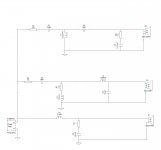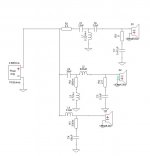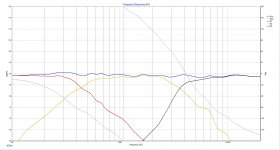Digital Designs DM2500
This amp had a shorted output and blown power supply.
I have installed four new outputs where the shorted one was.
I have installed new power supply drivers and 47 Ohm gate resistors.
Found R99 burned open and I could not read its value. One end connects to the main ground and the other connects to the secondary ground. I have installed a 0 Ohm resistor there.
Amp goes into protection without power supply mosfets installed.
494
1) 0V
2) 5V
3) 4.457V
4) 0V
5) 1.483V Saw tooth is present
6) 3.62V
7) 0V
8) 14.3V
9) .034V
10) .034V
11) 14.3V
12) 14.3V
13) 5V
14) 5V
15) 2.046V
16) 3.911V
393
1) 5.132V
2) 5V
3) 8.135V
4) 0V
5) 2.581V
6) 2.111V
7) 5.132V
8) 14.3V
Taking Pin3 of the 494 to ground does force it to work and I have good drive to each gate pad.
I have checked each transistor for leakage and none are defective.
I could use a little help finding the fault on this one.
I have installed four new outputs where the shorted one was.
I have installed new power supply drivers and 47 Ohm gate resistors.
Found R99 burned open and I could not read its value. One end connects to the main ground and the other connects to the secondary ground. I have installed a 0 Ohm resistor there.
Amp goes into protection without power supply mosfets installed.
494
1) 0V
2) 5V
3) 4.457V
4) 0V
5) 1.483V Saw tooth is present
6) 3.62V
7) 0V
8) 14.3V
9) .034V
10) .034V
11) 14.3V
12) 14.3V
13) 5V
14) 5V
15) 2.046V
16) 3.911V
393
1) 5.132V
2) 5V
3) 8.135V
4) 0V
5) 2.581V
6) 2.111V
7) 5.132V
8) 14.3V
Taking Pin3 of the 494 to ground does force it to work and I have good drive to each gate pad.
I have checked each transistor for leakage and none are defective.
I could use a little help finding the fault on this one.
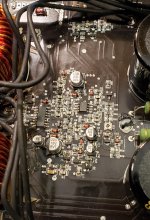
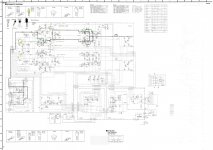



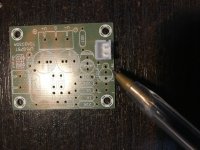
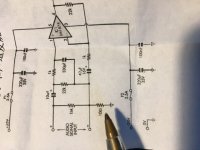
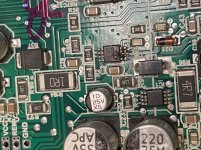
 )
)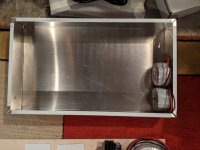

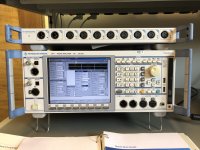









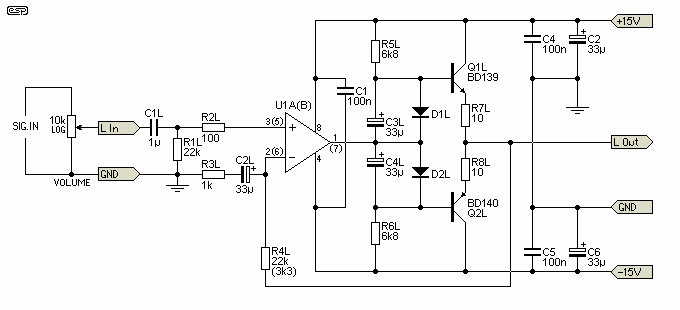


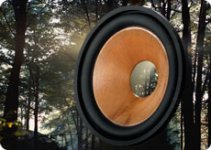

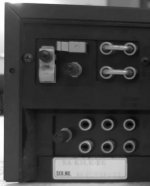
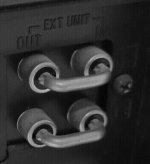
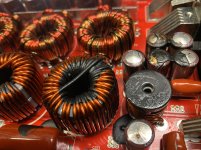

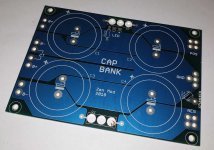
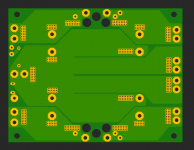

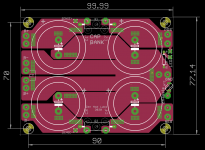

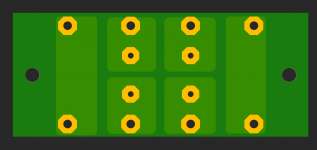
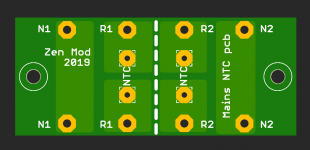
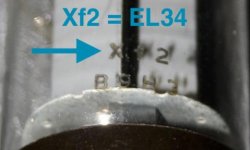
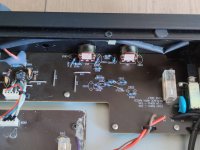
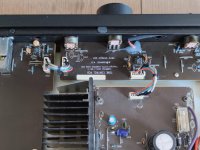
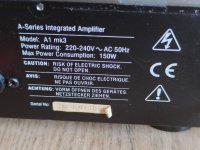
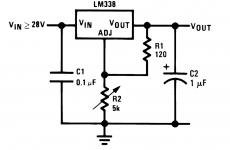
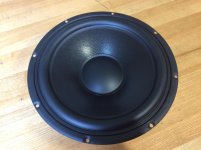
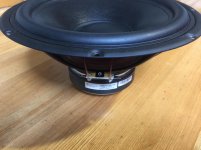
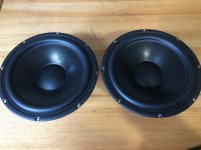
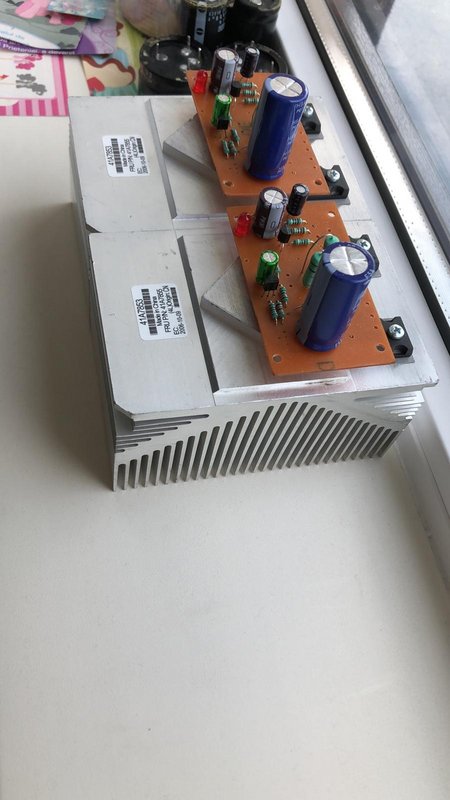
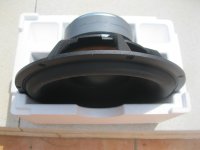
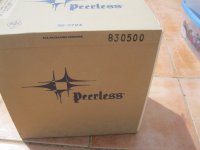




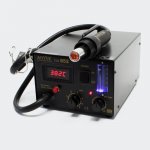
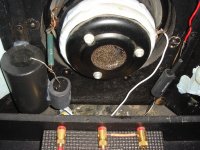
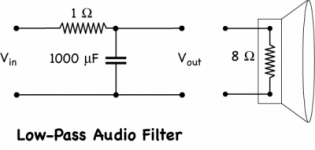
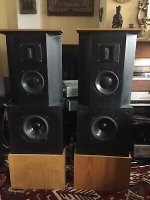
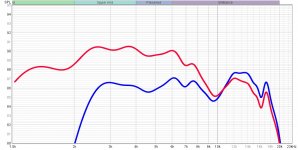
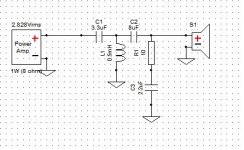
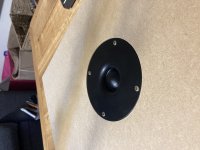
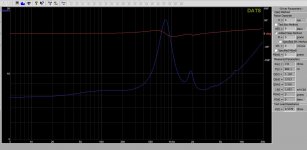
 to select by which chip amp i can starting.
to select by which chip amp i can starting.